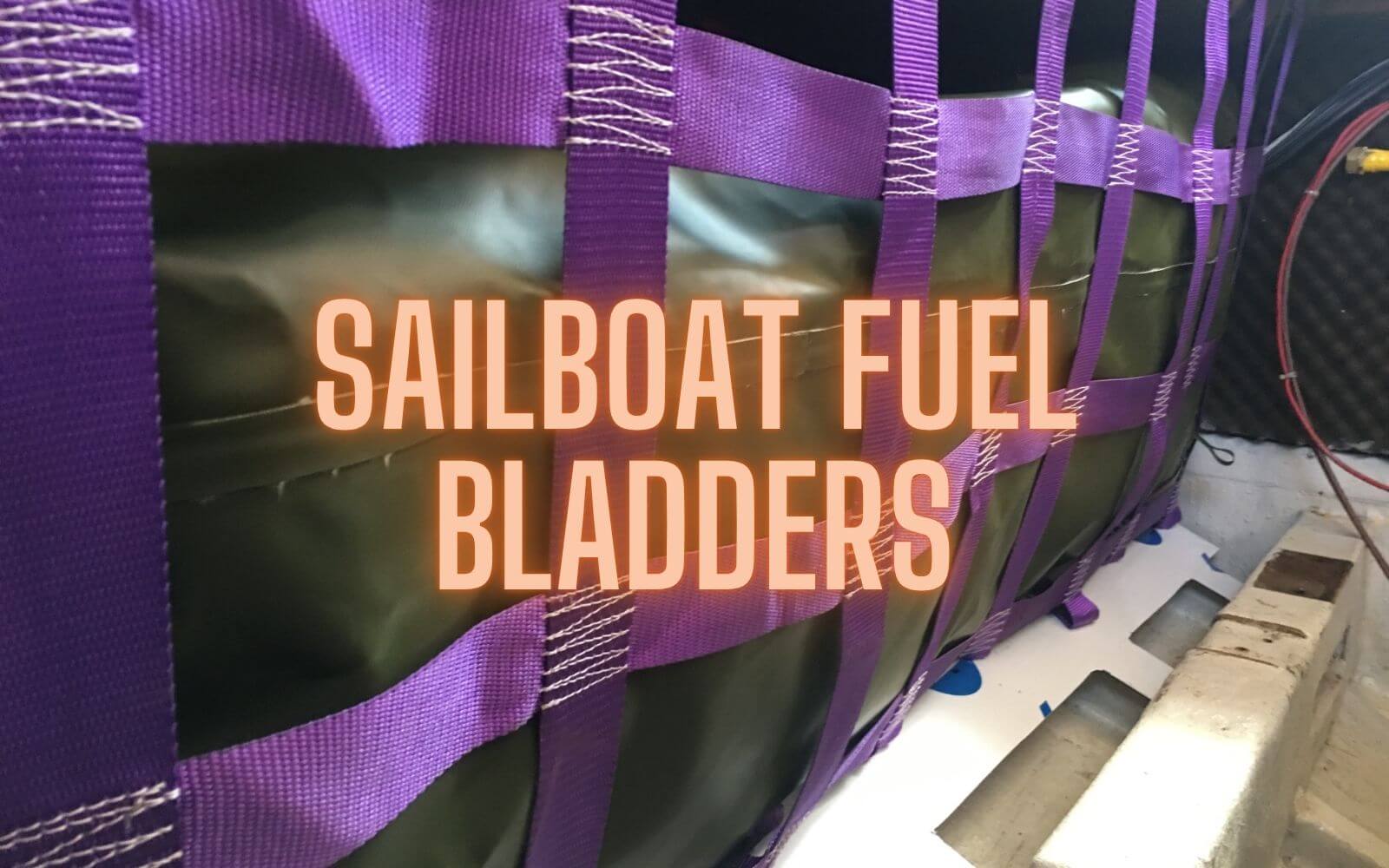SAILBOAT FUEL BLADDERS
For cruising sailors, efficient fuel storage is critical—especially on long passages where every inch of space matters. Sailboat fuel bladders offer a lightweight, customizable solution that fits limited spaces while preventing fuel contamination during heavy heeling.
In this guide, we’ll cover:
Low-profile designs for cramped sailboat compartments
Custom shaping to maximize odd spaces
Anti-slosh & anti-contamination features
Real-world installation examples
By the end, you’ll know how to safely expand your fuel capacity without compromising your sailboat’s balance or storage.
Why Sailboats Need Specialized Fuel Bladders
Traditional rigid fuel tanks, with standard dimension and size, often waste valuable space in sailboats due to:
❌ Fixed shapes that don’t conform to curved corners.
❌ Heavy materials (steel/FRP) that affect performance
❌ Risk of air leaks during extreme heeling
Fuel bladders solve these problems with:
✔ Ultra-thin profiles (as slim as 0.5m when full), the pillow fuel bladder, there is no height when empty, the height can be controlled by what needed.
✔ Custom shapes for pillow shape, square shape and other specific shapes. Contact us with drawings, make your designs came true.
✔ No corrosion (critical in saltwater environments), the PVC and TPU mateirals with properties: UV-resistance, anti-corrosion, anti-algae, etc.
Low-Profile Designs for Tight Spaces
1. Bilge-Mounted Bladders
Fit between stringers or under cabins. The fuel bladder is flexible, during filling, the flexible bladder can reach to each corner then fits the space perfectly.
Example: 100L diesel bladder in a Hallberg-Rassy 42
| Feature | Benefit for Sailboats |
| 30-50mm height when filled | Fits where rigid tanks can’t |
| Flexible baffles/foams | Prevents fuel surge while sailing |
2. Quarterberth Bladders
Replace bench cushions with structural bladders
Custom-cut shapes match hull curves
3. Transom-Mounted Emergency/Auxiliary Fuel Reserves
20-30L gasoline bladders for outboards
UV-resistant property makes the fuel bladder a perfect solution for deck storage
Customizing Bladders for Odd Spaces
1. Template-Based Shaping
1: Making sure the target space to place the bladders.
2: 3D scan for complex curvatures (premium option)
3: TPU bladder molded to exact dimensions
2. Fuel Volume vs. Space Tradeoffs
| Location | Max Capacity | Tradeoff |
| Bilge | 150L | Slightly higher CG |
| Settee | 80L | Reduced seating |
| Lazarette | 200L | Impacts storage |
Pro Tip: For bluewater boats, multiple smaller bladders improve weight distribution.
Preventing Fuel Contamination During Heeling
1. Anti-Slosh Solutions
Internal baffles: Limit fuel movement to 15° of roll
Foam baffling: For gasoline (prevents vapor buildup) and anti-slosh during movement.
2. Dual-Pickup(tiedown points) Systems
Primary pickup: Normal sailing angles
Secondary pickup: Engages at >25° heel
3. Venting Innovations
Swivel vents: Always position upward
Check valves: Prevent seawater backflow
Case Study: Atlantic Crossing with Fuel Bladders
Boat: Outbound 46 (single diesel engine)
Challenge
Needed +300L capacity for lasting 21-day voyage.
No space for additional rigid fuel storage tanks
Solution:
Two 150L TPU bladders under salon seating
Dual Racor filters with vacuum gauges
Transfer pump with hour meter
Results:
✔ Added 1,200nm range without deck jugs
✔ Zero fuel contamination despite 35° heels
✔ 50% lighter than equivalent steel tanks
Installation Checklist
Surface Prep
Sand smooth & apply protective coating, ground sheet to protec the bladder tanks.
Use fuel-resistant adhesive pads (no screws)
Velcro straps for quick removal
Plumbing
USCG-approved hoses (A1-15)
Shutoff valves at each bladder
Safety
Grounding wire through the tiedown points to bond the fuel bladders tightly
Fuel sensor with cockpit alarm
Top 4 Sailboat Fuel Bladders
ATL Sports Fuel Cell
Best for: sailboat fuel bladder, the standard of this filed.
Key feature: Laser-welded seams
Nauta Flexi-Tank
Best for: OEM replacements
Key feature: Integral anti-slosh
Vetus Flex Tank
Best for: Diesel systems
Key feature: Built-in sight gauge
Flixtank Fuel tank:
Best for: customization.
Key feature: reliable production.
FAQs
Q: How do you clean a sailboat fuel bladder?
*A: Use marine biocide + diesel purge every 2 years.*
Q: Can bladders handle biodiesel blends?
*A: Only TPU models (PVC degrades with B20+).*
Q: Worst installation mistake?
A: Chafing against hull ribs – always use padding!
Final Recommendation
For cruisers serious about range, weight savings, and reliability, fuel bladders outperform rigid tanks. Key takeaways:
✅ Custom shapes reclaim wasted space
✅ Properly baffled bladders handle heel angles
✅ TPU construction lasts 10+ years in saltwater








